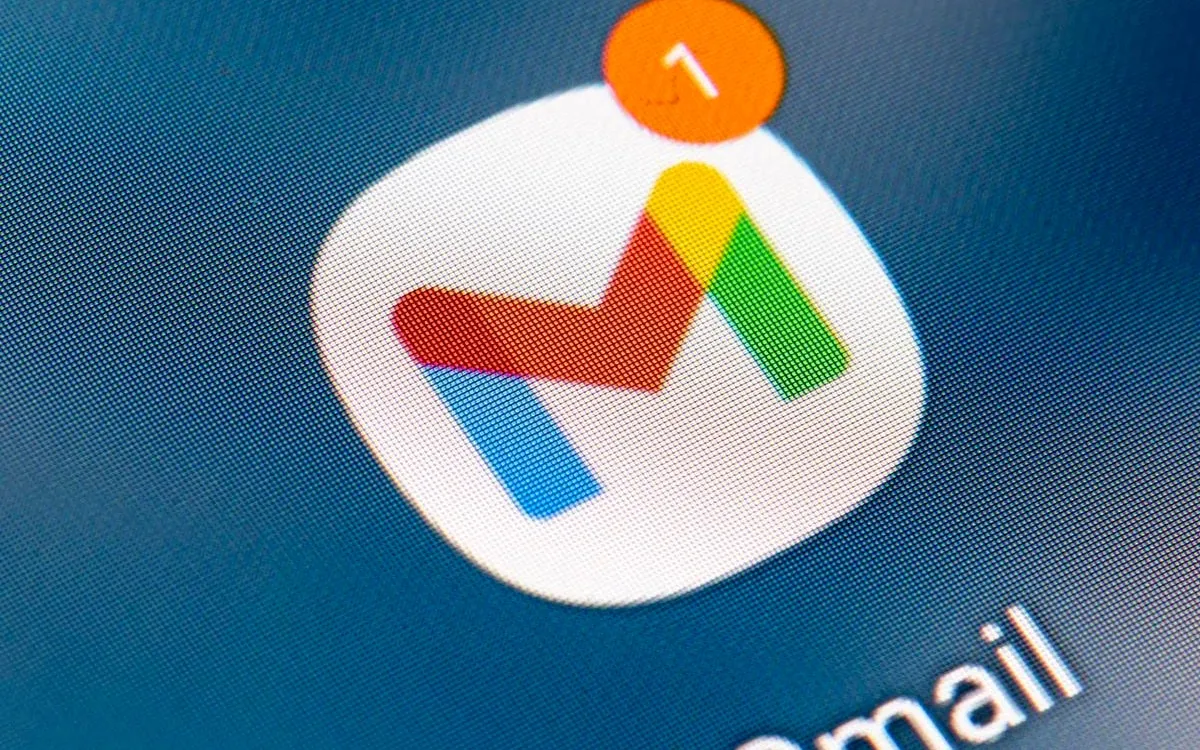
As of April 20, 2025, an alarming situation has emerged regarding Gmail security. A new attack campaign has successfully bypassed Gmail's structural email sender authentication protections, raising serious concerns for users. Despite ongoing efforts by security professionals, protecting personal accounts and sensitive data is becoming increasingly challenging.
In the same week, Microsoft announced the introduction of stricter email authentication rules on May 5, aimed at safeguarding 500 million Outlook users. Concurrently, the FBI issued a warning about hackers impersonating the agency, creating a complex landscape where security breaches threaten users across multiple platforms. Google has confirmed that Gmail users are currently under attack from hackers who exploit trust in Google’s infrastructure to launch costly and dangerous threats. Here’s what you need to know and how to protect yourself.
Receiving a security alert email from Google may seem trustworthy, especially when it appears to pass Google’s own authentication checks. On April 16, a post by software developer Nick Johnson on the X social media platform highlighted a phishing attempt that successfully mimicked a legitimate Google alert. The email claimed a subpoena was served on Google requiring the production of the user’s account content, which could lead users to believe it was genuine.
What makes this attack particularly insidious is that the email came from a verified address, “no-reply@google.com,” and bypassed Gmail’s strict DomainKeys Identified Mail (DKIM) authentication. The email was sorted into the same conversation thread as other legitimate security alerts, making it even more convincing.
Upon following the link provided in the email, users were directed to a nefarious clone of Google’s support page hosted on sites.google.com. The cloned page closely resembled the official accounts.google.com login page, making it difficult for unsuspecting users to discern the difference. Falling for this trap could result in hackers gaining access to your Gmail account and all its contents.
Google implemented strict email bulk sender authentication compliance for Gmail messages starting April 1, 2024, to prevent unauthorized emails from containing harmful payloads. With Microsoft set to introduce similar measures for Outlook.com users on May 5, understanding how DKIM works is crucial for email security.
DomainKeys Identified Mail (DKIM), along with Domain-based Message Authentication, Reporting & Conformance (DMARC) and Sender Policy Framework (SPF), is designed to validate emails. DKIM ensures email integrity by attaching an encrypted hash value to email messages, making domain spoofing difficult. However, this recent attack demonstrates that clever cybercriminals can still find vulnerabilities to exploit.
When setting up DMARC, it’s essential to configure the p= tag correctly. This tag instructs the mail server on how to handle emails that fail authentication checks, directing them to the spam folder (p=quarantine) or rejecting them outright (p=reject).
In response to the ongoing attack, Google has pledged to roll out additional protections to counter these specific threats. A spokesperson stated, “These protections will soon be fully deployed,” aiming to shut down this avenue for abuse. In the meantime, Google recommends that users enable two-factor authentication (2FA) and consider switching to passkeys for Gmail, which provide enhanced protection against phishing campaigns.
The attack utilized an OAuth application combined with a clever DKIM workaround to bypass existing safeguards. Melissa Bischoping, head of security research at Tanium, emphasized that while some aspects of this attack are new, the exploitation of trusted services is not a novel tactic. Users must remain vigilant and recognize the risks of seemingly legitimate emails and alerts, even those purporting to come from Google.
Bischoping advised that awareness training should evolve to keep pace with the changing threat landscape, addressing both new and persistent attack techniques. “As always,” she concluded, “robust multi-factor authentication is essential because credential theft and abuse will continue to be an attractive target.”